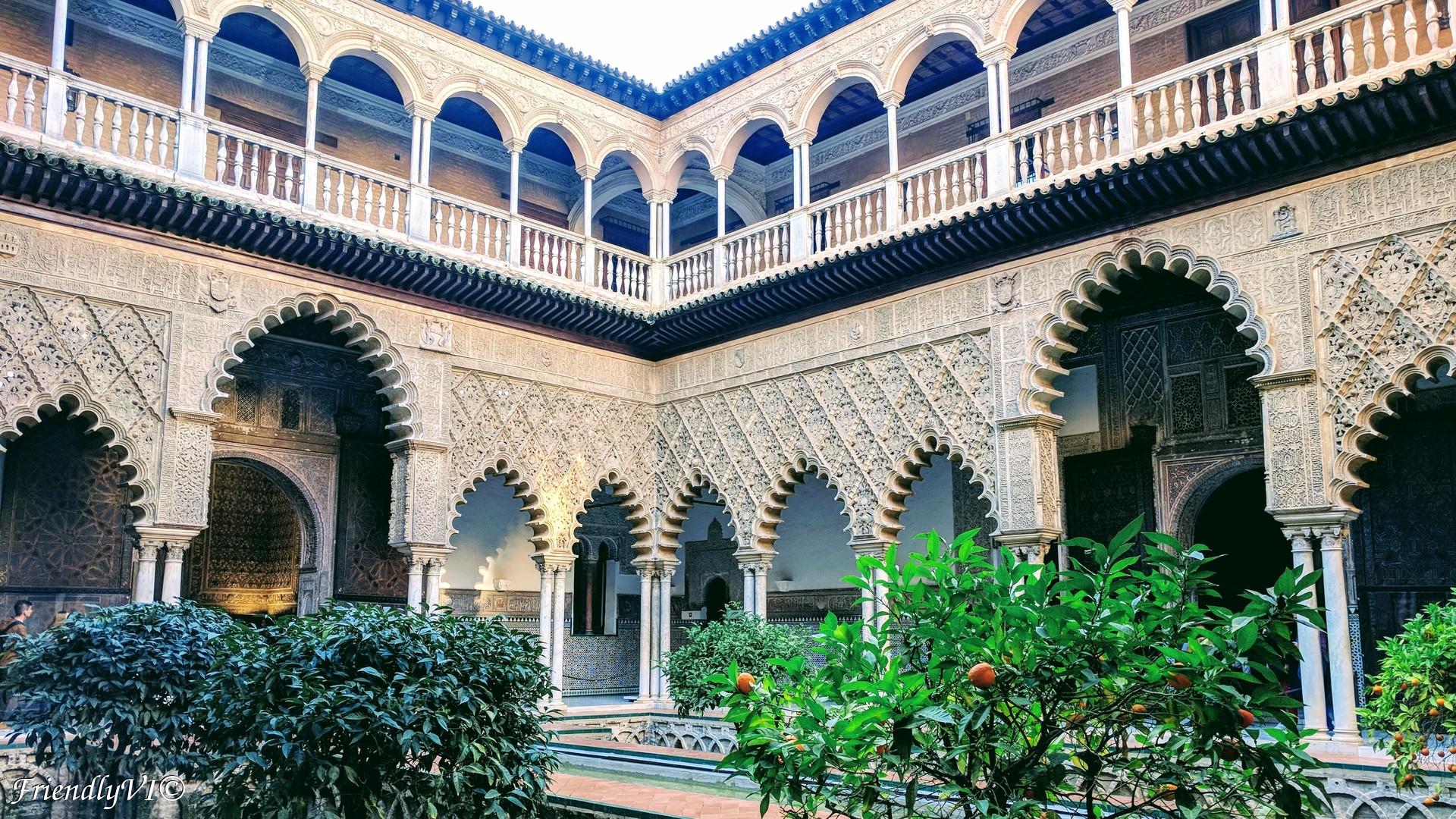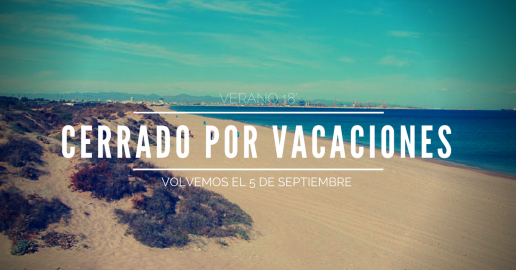In this post about Spain I will talk a bit about the language, mentality of people, traffic rules and how much they love their vacation.
1. Attitude to speaking the local language
The reaction the local people have when you speak their language can make or break the learning process of a foreign language. Spanish people are very receptive to foreigners speaking their language, they are patient and know how to speak slower in order to help you. This is a huge boost for foreigners and makes the process a lot easier and more pleasant.
Spanish language is the the world’s second-most spoken native language, after Mandarin Chinese (480 million). The result of this is that 1) Spanish people don’t find a huge urge in learning English. 2) They are used to have their language mispronounced and butchered, since many foreigners do try to learn their language. This is a very important aspect and a big aid in learning this Spanish. People still understand you and find your mistakes funny, but they are able to decipher and help. Small languages like Czech, Hungarian, Romanian are not having many foreigners willing to learn them. Therefore the local people are unaccustomed to hearing the mistakes and the deciphering is like the decryption of an unknown language. Their attitude can be from frowning and appearing impolite, to being insecure they can’t speak English, to switching immediately to English. This makes it both discouraging to learn the language and easy to avoid learning it.
So if you have a sparkle of motivation for learning Spanish, being in Spain will certainly make it accessible.
2. Driving
My experience is limited to South of Spain and only on road bikes, never in a car. Four aspects are defining my experience on the Spanish roads: road bumps, roundabouts and traffic lights.
Before we start, it is good to know one important aspect of traffic rules and signs in Spain: Spain didn’t adopt the Vienna Convention on Road Signs and Signals from 1968 (https://en.wikipedia.org/wiki/Vienna_Convention_on_Road_Signs_and_Signals). So this could explain some confusion when stumbling upon some traffic signs.
Road bumps
In the rest of the Europe roundabouts and road bumps are used only when necessary and for improving efficiency and safety. In Spain the overuse of both leads to completely forgetting the purpose of clever civil engineering.
Road bumps are literally everywhere. They almost replace the speed limit signs and come in all shapes, the usual yellow-black plastic ones, hard cement, elevated asphalt, black hidden unknown alloy. They are placed at the top of an underground garage, in an almost empty road in the middle of natural reserves, at the top of a hill, also the normal places like before zebras and at the bottom of a downhill before a roundabout. Seems like the driving tries to be limited physically rather than through using fines and teach people to follow the legal speed.
Roundabouts
Just don’t get me started… this is where me and Spain could not become good friends – multiple lanes roundabouts are used as single lane ones.
You cannot enter the multiple lanes roundabout if there is a car inside of it already. And you exit wearing a horse tack – look only straight from the inside lane, press the acceleration, don’t signal, blast through everything in front of you or honk for few seconds at the people who dared to be on the outside lane.
The outside lane used as the normal lane with priority in most countries. Spanish people use it as parking place. Also as cleaning your car place, waiting for your kid place, talking on the phone place and it is the dusty lane full of dirt, since it is deserted and nobody is using it.
Stop signs in the middle of a round about are also a thing. Really! So keep an eye for that and let the people from the right come inside, don’t forget to fully stop your wheels, too.
Traffic lights
Going on red with a car is not uncommon :(. The reason for this is that “red” is not implemented as a strict no. There are this weird situations when from one way you have red for the zebra and from the other way (same zebra) the opposite traffic has a blinking light… so they can pass if there are no people crossing
3. Bar and restaurants are not closing only during fiesta, but sometimes for all August or the whole summer
In most countries you don’t see restaurants closed completely because the personnel is on holiday. They usually swap the personnel or have enough people hired so that they won’t close for a whole month. However, in Spain you can see a tiny paper on the door of the restaurant in the beginning of June.“We are closed for holiday, will reopen in September” or “we are closed for the season” for the bodegas that are selling the freshly made wine. I still don’t understand how they pay for the space or how the taxes work when they are closed for up to half a year sometimes and how do local know when to go back. Spain does work in mysterious ways.
The lesson: don’t fully rely on Google Maps for the schedule. Most of the times the place is closed, despite saying it’s open. For 100% accuracy, research the bar on Facebook, that is the place for correct information (oh dear!).
4. Making friends is not easy
This is just reiterating the idea most people have about Spain, people are friendly, really friendly. But nobody will rush to make friends with you.
Before coming to Spain I researched about this a bit and found a saying: “every Spaniard will invite you to their place, but they’ll never tell you the address”.
I can confirm that and just to make it clear, there’s nothing wrong with them. Making friends is not easy for anybody and smiling and nice people won’t make that process easier.
Making friends is about randomly stumbling upon compatibility.
You can expose yourself to situations in which the chances increase, but politeness doesn’t increase compatibility.
Despite the title, this is a very positive aspect of Spain. Making friends is tough in every country. But Spain at least makes you believe that that every person who smiles at you is a friend. And that certainly keeps you friendship tank full.
Conclusion
This are just some aspects not commonly found on blogs. Some of them are positive, some do have a slight negative aspect. What I am trying to do by writing this post is to increase awareness and have the right expectations about Spain. I did complain a lot about some of the things is Spain, especially the sluggish, slow, indecisive attitude and low spatial awareness of the people. But it is time to accept the country as it is!
One thing is to talk about differences in culture… but the most important is accepting them. You need to accept a country as it is, a mentality is not going to change over night and if you don’t accept it and understand it, you will be frustrated and not able to integrate. So know yourself, know what you want from the place in which you live and once you are there, make the best of it!







